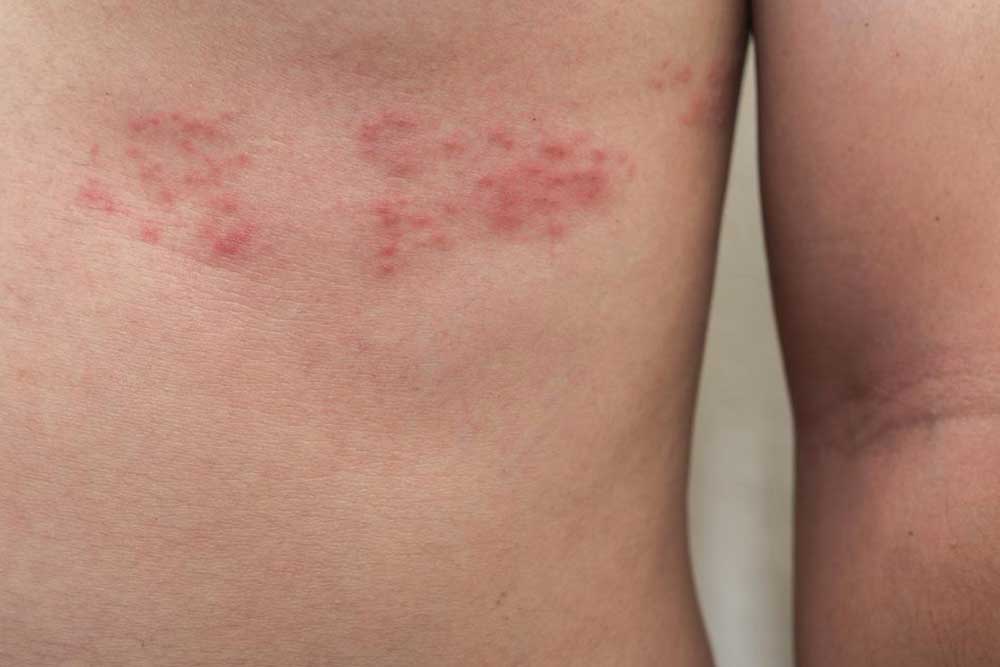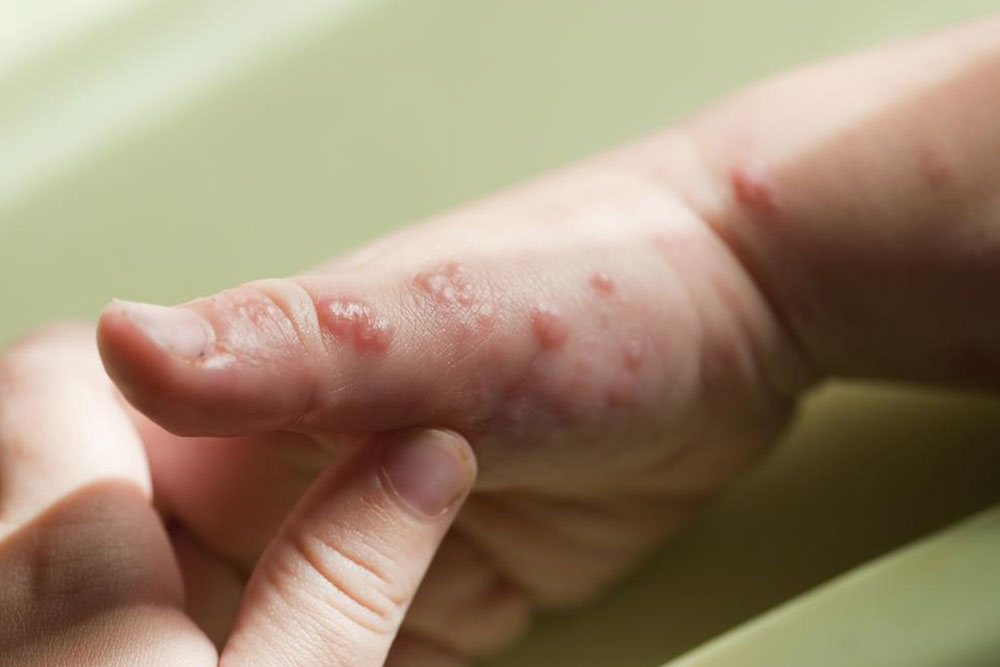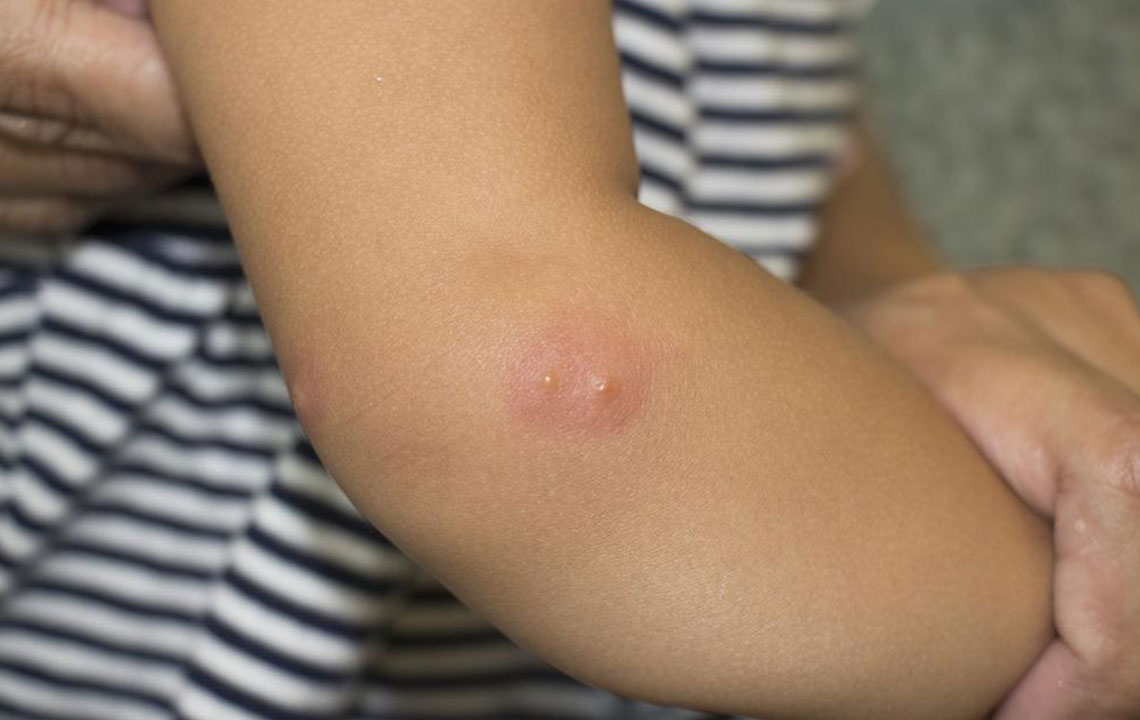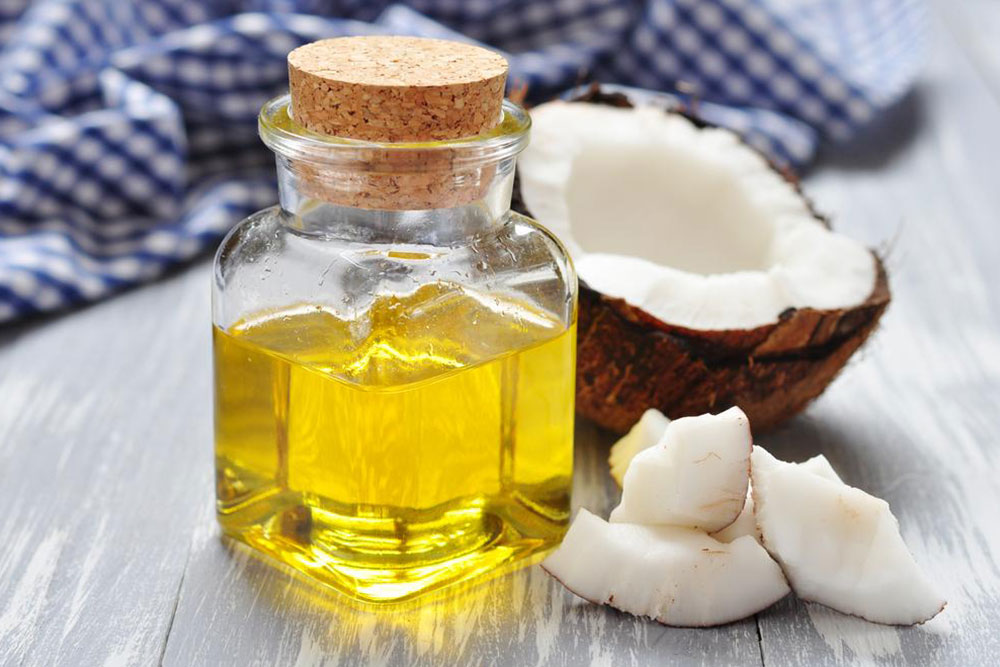Comprehensive Guide to Managing Nerve Discomfort Caused by Shingles
This comprehensive guide covers effective strategies for managing nerve discomfort caused by shingles. It discusses soothing baths, cold compresses, home remedies, skin care, and dietary tips to alleviate pain and support nerve healing. Early and combined interventions can improve recovery outcomes and enhance quality of life during shingles episodes.

Comprehensive Strategies for Alleviating Nerve Discomfort from Shingles
Shingles, medically known as herpes zoster, predominantly affects adults aged 50 and above, although it can occur at any age. It results from the reactivation of the varicella-zoster virus, the same virus responsible for chickenpox, which remains dormant in nerve tissue after initial infection. When it reemerges, shingles causes painful skin rashes and can lead to nerve damage or persistent nerve pain, known as postherpetic neuralgia, even after the skin lesions have healed. Managing nerve discomfort is crucial to improving quality of life during and after shingles episodes. This comprehensive guide explores effective, natural, and medical strategies to help alleviate nerve pain and facilitate recovery.
Understanding Shingles and Its Impact on Nerve Health
Shingles manifests as a painful rash that often appears as a band or patch on one side of the body or face. The pain associated with shingles can range from mild tingling or burning sensations to severe, stabbing pain. The nerve involvement can lead to prolonged discomfort known as postherpetic neuralgia, which can last months or even years if not properly managed. The condition is especially prevalent among older adults or individuals with weakened immune systems, but it can affect anyone who has had chickenpox.
Effective management of shingles-related nerve pain involves a combination of medical treatments and lifestyle modifications. Early intervention with antiviral medications can shorten the duration of the outbreak and reduce nerve damage. Alongside pharmaceuticals, several self-care techniques can significantly ease nerve discomfort and support healing.
Below are detailed strategies focusing on soothing remedies, dietary recommendations, and practical tips designed to alleviate shingles nerve pain safely and effectively.
1. Relaxing Baths for Nerve Relief
One of the simplest yet most effective methods to soothe nerve pain caused by shingles is taking warm, calming baths. Immersing the affected area in water can promote relaxation of tense muscles and reduce nerve irritation. To maximize comfort, adding natural calming agents such as cornstarch or colloidal oatmeal can help calm inflamed skin and alleviate itching.
Using cool water is preferable, as it helps to dissipate heat from irritated tissues without causing additional discomfort. You can prepare a soothing soak by filling a basin or bathtub with warm water, dissolving a few tablespoons of cornstarch, or adding colloidal oatmeal, then soaking the affected region for approximately 20 minutes. Afterward, gently pat the skin dry with a soft towel, avoiding any rubbing friction that could exacerbate the irritation.
Regular soaks can help reduce persistent itching, inflammation, and nerve hypersensitivity, thus improving overall comfort during recovery. This natural remedy is safe for most people, but individuals with severe skin lesions or open blisters should consult their healthcare provider before immersion.
2. Cold Compresses for Immediate Pain Relief
Applying a cold compress is an effective way to provide rapid relief from shingles nerve pain. The cold numbs nerve endings, reducing pain signals transmitted to the brain and calming irritated tissues. To prepare a cold compress, wrap a few ice cubes or a cold gel pack in a clean cloth and gently place it over the affected area.
It’s essential not to apply direct ice directly onto the skin, as excessive cold exposure can cause tissue damage. Use the compress for about 15-20 minutes at a time, repeating this process up to five times daily as needed. Consistent application can significantly diminish pain and nerve hypersensitivity, making daily activities more tolerable. Always monitor skin response to avoid frostbite or skin irritation.
3. Home Remedies: Baking Soda and Cornstarch Paste
For additional relief, creating a soothing paste with baking soda and cornstarch is an accessible and safe home remedy. Mix equal parts baking soda and cornstarch with a small amount of water to form a smooth paste. Apply this mixture directly to the affected skin area and leave it on for about 15 minutes before rinsing with cool water.
This remedy helps reduce itching, soothe inflamed nerves, and decrease discomfort. Because it’s a topical treatment with natural ingredients, it can be repeated multiple times daily without adverse effects, providing ongoing relief during shingles flare-ups.
4. Use of Gentle, Soothing Skin Lotions
Topical lotions formulated for sensitive or irritated skin can add a layer of comfort during shingles recovery. Look for over-the-counter products that contain ingredients such as menthol, aloe vera, or calamine, which help cool and calm the skin.
While these lotions do not hasten nerve regeneration, they provide immediate relief from burning sensations and itching. Always perform a patch test before full application and consult your healthcare provider if you are unsure about medication interactions, especially if you are taking other treatments for shingles.
5. Nutritional Support for Nerve Regeneration
Diet plays a vital role in nerve health and tissue repair. Incorporating foods rich in vitamins A, B, C, and E can significantly aid in nerve regeneration and enhance immune function. Foods such as leafy greens, citrus fruits, nuts, seeds, eggs, and fish contain essential nutrients that support healing.
Supplements may also be beneficial; consult your healthcare provider about B-complex vitamins, especially B12, which is crucial for nerve repair. Maintaining a balanced diet with adequate hydration, lean proteins, and antioxidants will help reduce inflammation and promote faster recovery from shingles.
Additional Tips for Managing Shingles Nerve Pain
Practice stress-reduction techniques such as meditation, deep breathing, or yoga, as stress can exacerbate nerve pain.
Wear loose, breathable clothing to avoid irritation of compromised skin.
Keep the affected area clean and dry to prevent secondary infections.
Stay up-to-date with medical treatments, including antiviral medications and pain relievers prescribed by your healthcare provider.
Schedule regular follow-ups to monitor nerve recovery and prevent complications.
In conclusion, effectively managing shingles-related nerve discomfort requires a multifaceted approach. Combining medical intervention with natural remedies, proper nutrition, and lifestyle modifications can significantly enhance comfort, speed up healing, and reduce the risk of long-term nerve damage. If you experience severe, persistent, or worsening symptoms, always consult your healthcare professional promptly.





